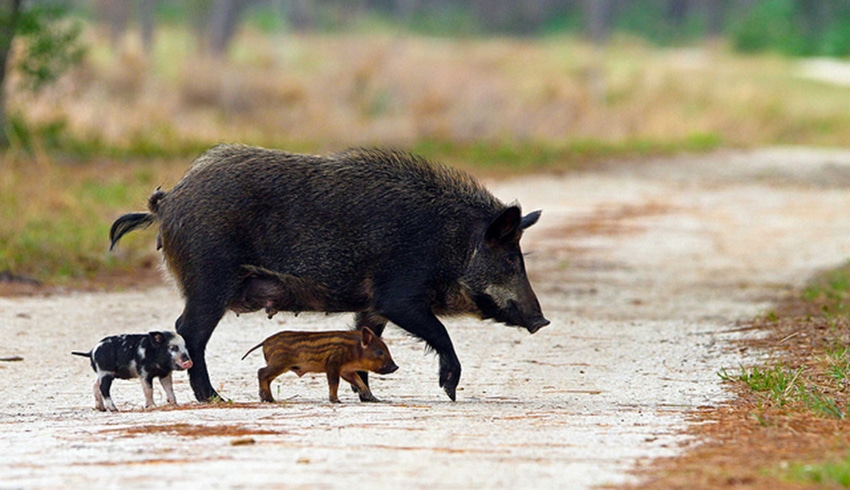As ASF spreads, should U.S. go ‘hog wild’ on feral swine?
The USDA estimates this invasive species costs the United States an estimated $1.5 billion each year in damages and control costs.

This week Belgium detected their 15th case of African swine fever in a wild boar. Meanwhile the Cockpit of Europe was busy culling up to 4,000 pigs and placing a region under quarantine, while 13 countries announce their intent to stop importing pork from them due to the ASF outbreak.
Belgium was recognized by the European Union Agriculture Commissioner for their prompt response to the issue, but it had me thinking about the root cause of their outbreak — feral hogs.
There are quite a few of them in the United States. According to the USDA Animal and Plant Health Inspection Service, feral swine have settled down in at least 35 states. Their population is estimated at over 6 million and is rapidly expanding.
First brought to the United States in the 1500s as a source of food, feral swine grew in numbers after free-range livestock management practices and escapes from enclosures. In the 1900s, the Eurasian, or Russian wild boar, was introduced into parts of the United States for hunting. Today, those wild hogs are a combination of the escaped domestic pigs, the Eurasian wild boars and hybrids of the two.
The USDA estimates this invasive species costs the United States an estimated $1.5 billion each year in damages and control costs. The University of Georgia puts that number closer to $2.5 billion.
Feral hogs cause major damage to property, crops and livestock, native species and ecosystems and cultural and historic resources. They threaten the health of people, wildlife, pets and other domestic animals.
They also can carry ASF.
While trapping, aerial operations and recreational hunting have chipped away at populations, studies show that at least 70% of feral swine must be removed each year in order to prevent population growth.
Since 2013, Wildlife Services’ National Wildlife Research Center scientists and collaborators have been evaluating the potential use of a bait containing sodium nitrite as a feral swine toxicant. The Animal and Plant Health Inspection Service Wildlife Services says if the Environmental Protection Agency approved the toxic bait, it could become another tool for integrated feral swine damage management.
If passed, the House version of the 2018 farm bill has dedicated $100 million over five years toward feral swine eradication efforts and a control pilot program.
Yes, a lot of time, research and money have gone into keeping feral swine populations down in the United States, but what if ASF came ashore … are those efforts enough?
While some experts say ASF would most likely enter a U.S. farm through contaminated feed ingredients, the virus can easily be spread between hogs through direct contact. The disease can also just as easily be spread by feeding waste scraps of pork products to pigs, bites from ticks and cross-contamination from vehicles, clothing and equipment.
ASF can also be spread through contact with feral hogs infected with the disease.
Maybe it’s time to up our game against this invasive species before our $20 billion swine industry is at risk.
About the Author(s)
You May Also Like





